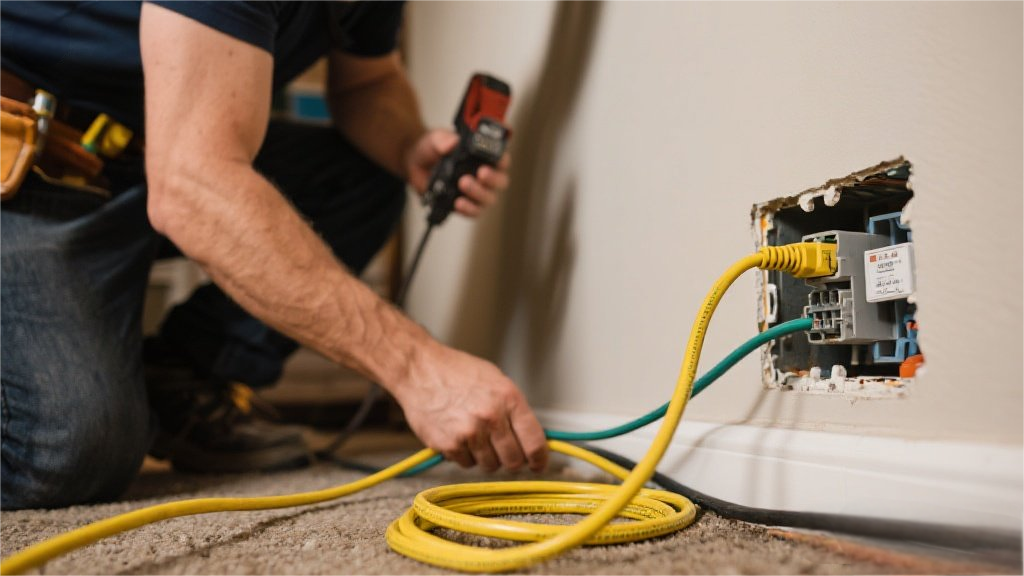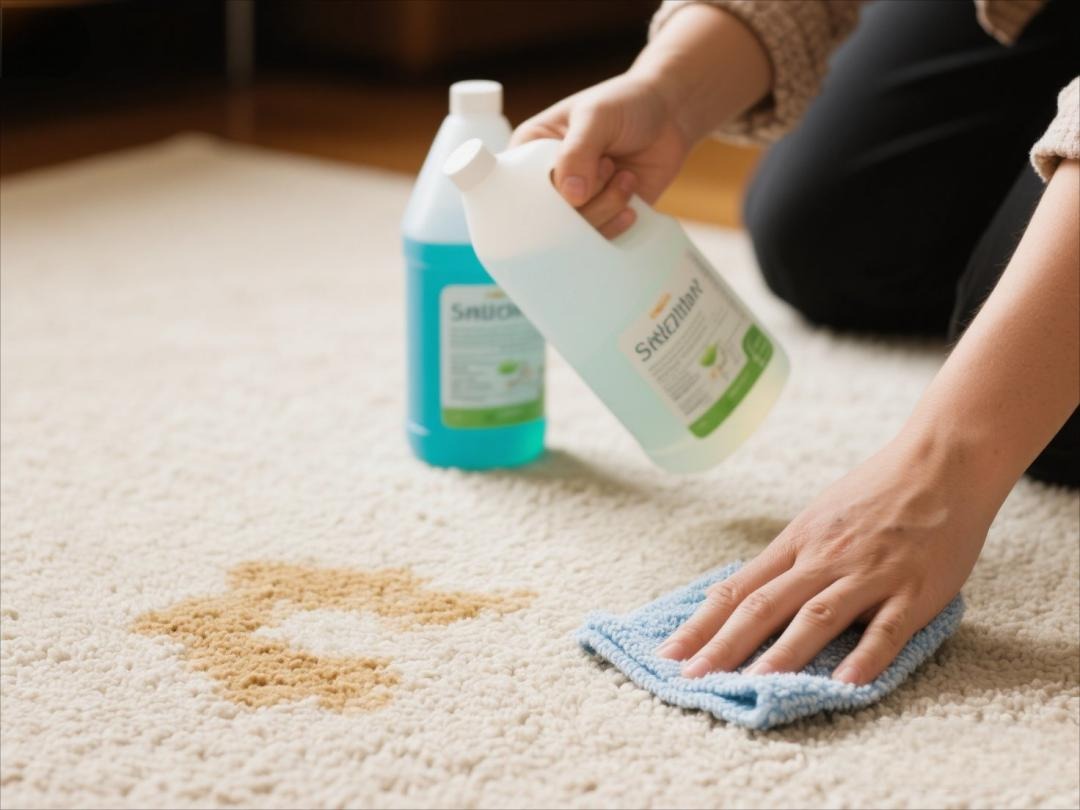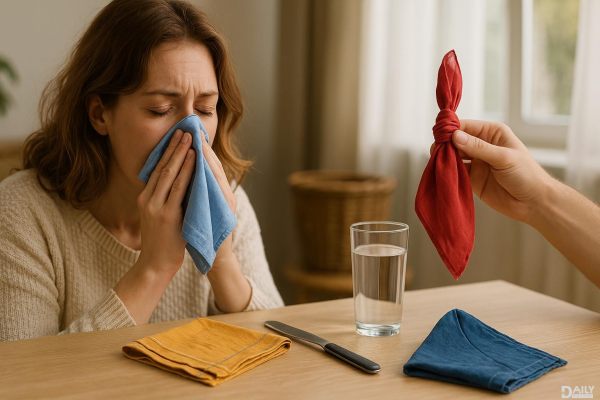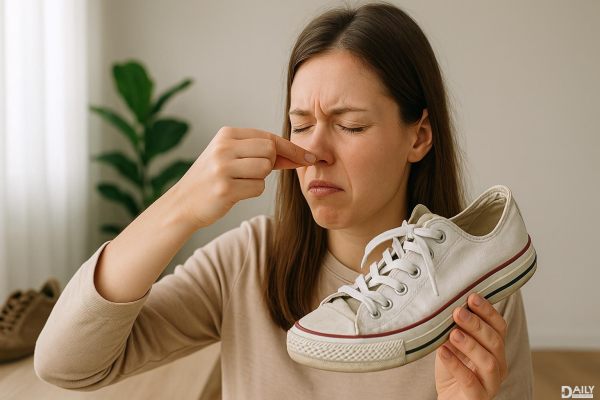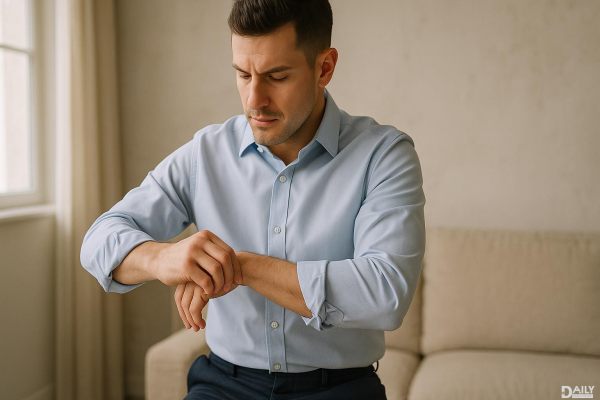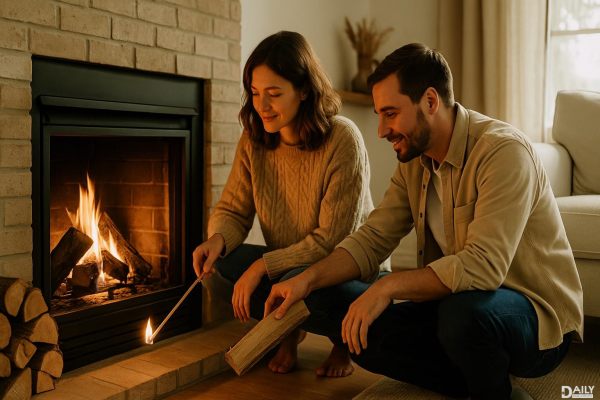For years, I swore I wasn’t a napper. The idea of shutting my eyes midday felt like a foreign concept—something other people did, not me. My brain just wouldn’t cooperate. But then, after finally finding the right anxiety treatment, everything changed. Napping went from being a frustrating, futile exercise to one of my favorite forms of self-care. And honestly? It’s been a game-changer.
The Nap Struggle Was Real
Before medication, my attempts at napping were a mess. I’d lie down, close my eyes, and—boom—my brain would kick into overdrive. Instead of drifting off, I’d mentally replay awkward conversations from five years ago, obsess over my to-do list, or spiral into existential dread. Even if I somehow managed to fall asleep, I’d wake up feeling worse: groggy, disoriented, and somehow more exhausted than before. It was like my nervous system didn’t know how to relax, even when I desperately needed it to.
Looking back, it’s clear my inability to nap wasn’t just a quirky personality trait—it was a symptom of untreated anxiety. My body was stuck in a constant state of low-grade panic, always braced for the next perceived threat. No wonder shutting off felt impossible.
How Treating Anxiety Unlocked My Nap Potential
When I started duloxetine, the shift was almost immediate. The constant hum of anxiety quieted, and for the first time in years, my brain and body could actually rest. I didn’t set out to become a napper—it just… happened. One day, I found myself dozing off on the couch after lunch, waking up 20 minutes later feeling refreshed instead of wrecked. It was revolutionary.
Suddenly, napping wasn’t a battle; it was a tool. On days when my social battery was drained, a quick nap helped me reset. When work stress piled up, a midday snooze acted like a mental palate cleanser. Even my nightmares—which had been a relentless problem—became less frequent. It was as if my nervous system finally learned how to downshift instead of redlining 24/7.
The Science Behind Anxiety and Sleep (Or Lack Thereof)
Anxiety and sleep have a complicated relationship. When you’re anxious, your body pumps out stress hormones like cortisol, which keep you alert and wired—exactly the opposite of what you need for restful sleep (or a peaceful nap). Chronic anxiety can also mess with your sleep architecture, disrupting the natural cycles that help you feel restored. That’s why so many people with untreated anxiety struggle with insomnia, restless sleep, or that awful "tired but wired" feeling.
Medication helped rebalance my brain chemistry, but it wasn’t a magic pill. I still had to practice good sleep hygiene: setting a consistent bedtime, limiting caffeine, and creating a calm pre-sleep routine. The difference was, now those efforts actually worked. My body could finally respond to relaxation instead of resisting it.
Napping Like a Pro: What Works for Me Now
These days, I’ve honed my napping strategy. Here’s what I’ve learned:
- Timing is everything. A 20-30 minute power nap gives me the perfect boost without grogginess. Anything longer, and I risk slipping into deep sleep, which leaves me foggy.
- Environment matters. I keep my naps cozy but not too comfortable—think couch or recliner, not bed. That way, I don’t fall into a multi-hour coma and wreck my nighttime sleep.
- Guilt-free zoning out. If I don’t fully fall asleep but just rest with my eyes closed? That still counts. Even quiet downtime helps recharge my brain.
Most importantly, I’ve stopped seeing naps as a sign of laziness. They’re part of my mental health toolkit, just like therapy or medication. And honestly? It’s kind of amazing to finally understand why people rave about naps. I get it now.
If you’d told me five years ago that I’d be writing a love letter to napping, I’d have laughed in your face. But here we are. Treating my anxiety didn’t just save my life—it gave me back the simple joy of rest. And for someone who spent decades feeling like her brain was stuck on high alert, that’s nothing short of miraculous.
